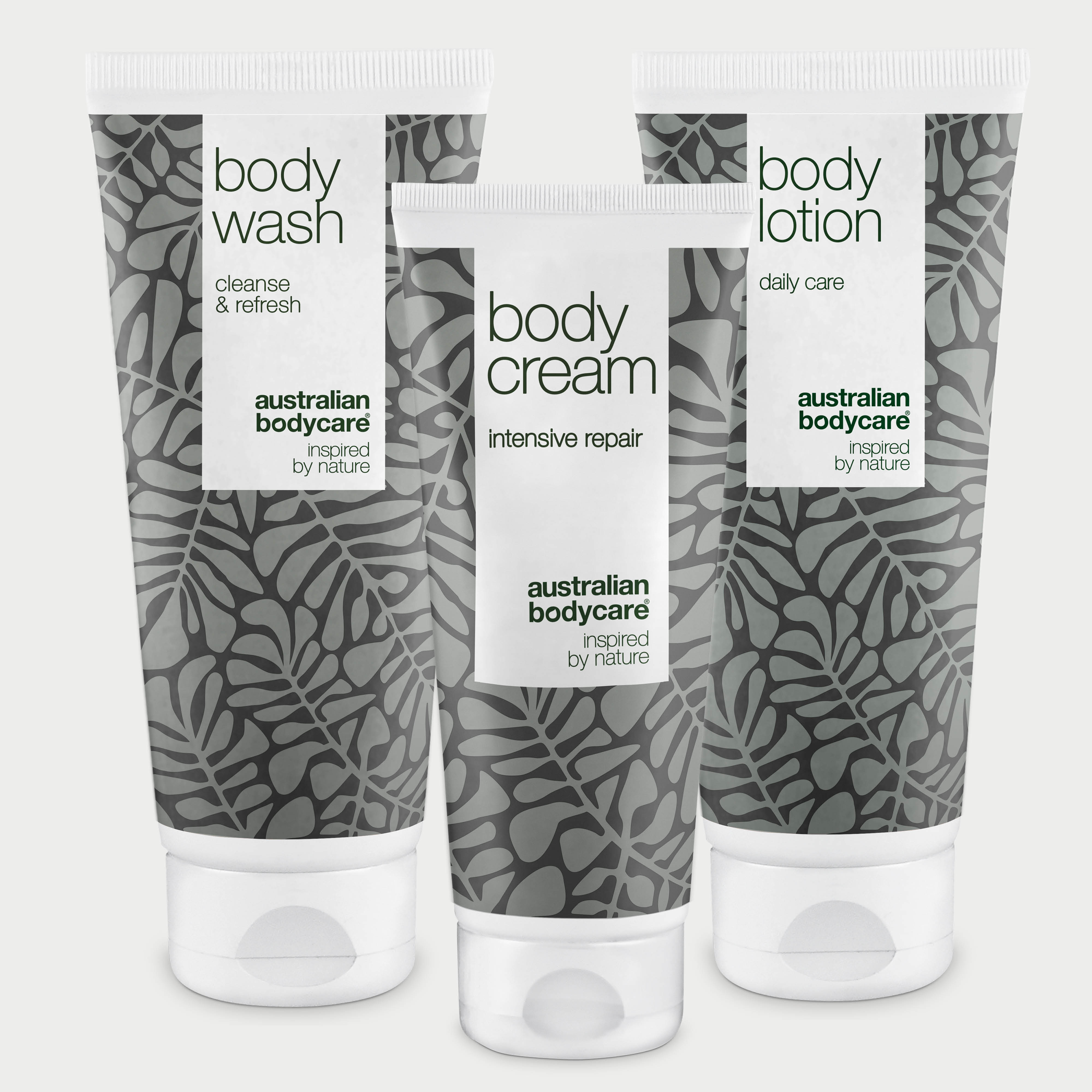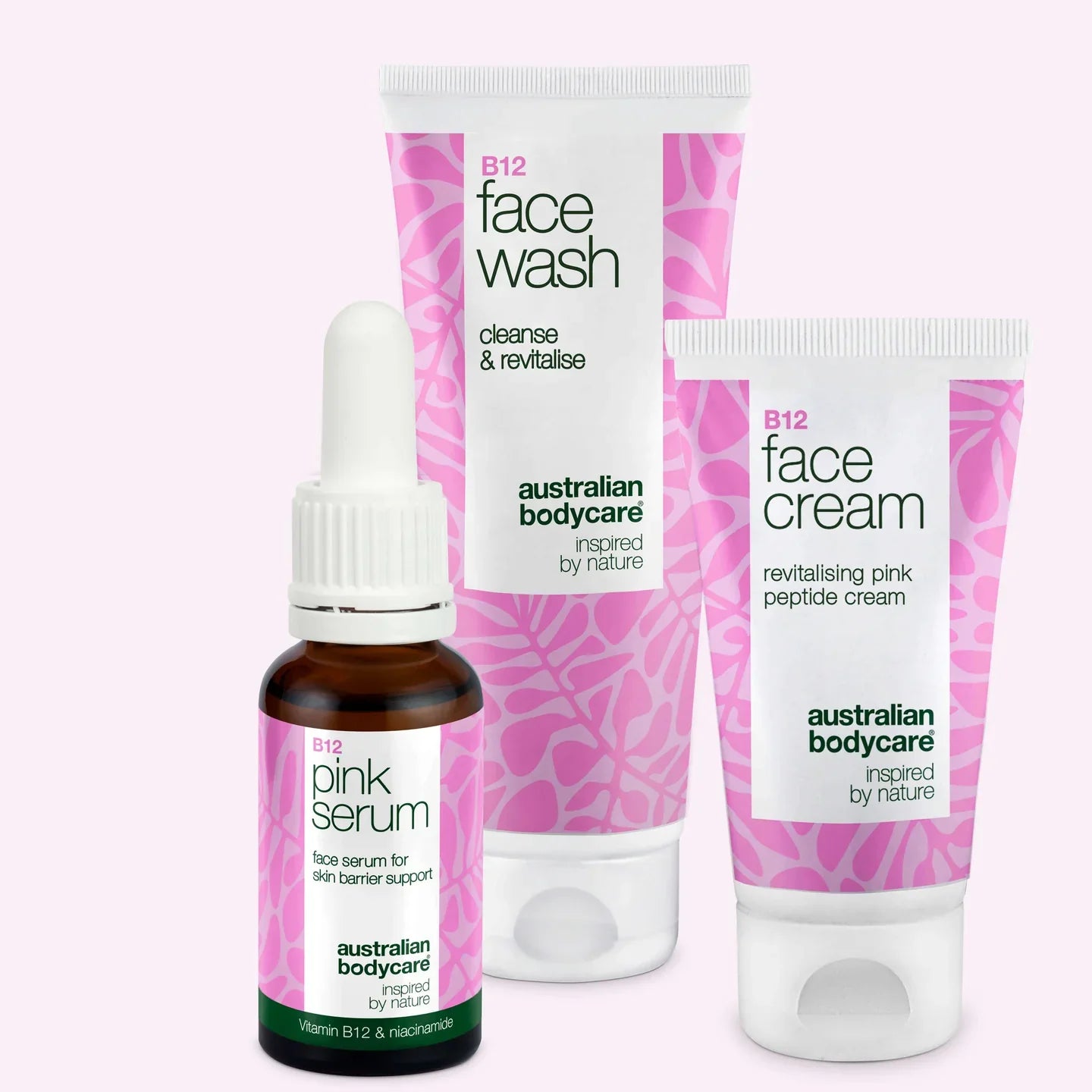Armpit fungal infection: Causes, Symptoms and Treatment
Underarm fungus is a common skin condition that can cause discomfort and irritation. It can occur due to various factors such as dampness, heat and poor hygiene.
In this guide, we will explore the causes of underarm fungus, the symptoms it can cause and important treatment and prevention methods. By understanding armpit fungus, we can learn how to manage it effectively and maintain a healthy and comfortable underarm area.
Table of contents
What is an armpit fungal infection?
Armpit fungus, also known as thrush, is an infection caused by yeast fungi that thrive in warm and moist areas. This type of fungal infection can affect the skin under the arms, causing symptoms such as itching, redness, flaking and soreness.
Underarm fungus can be bothersome and affect your daily comfort. It's important to understand the causes of the fungal infection in order to effectively treat and prevent it. In this section, we will explore how fungal infections develop and how they affect the underarm area.
Causes to fungus in the armpits
Various factors and causes that can contribute to the development of underarm fungus:
- Moisture and heat: The warm and humid environment under the arms creates optimal conditions for fungal growth.
- Weakened immune system: A weakened immune system can make it harder for the body to fight fungal infections.
- Insufficient hygiene: Failure to clean and properly wipe underarms can create a favourable environment for fungal growth.
- Tight-fitting clothing: Tight-fitting clothing can prevent air circulation and increase humidity, which can promote fungal growth.
- Sharing personal items: Sharing towels, clothing or personal care products with someone who has thrush can lead to the transmission of infection.
It's important to be aware of these factors to better understand how to prevent and treat underarm fungus.
Symptoms for underarm fungus
Description of the typical symptoms that can occur with underarm fungus:
- Redness and itching: The skin under the arms can become red, irritated and itchy.
- Rash: A rash may develop that can be scaly or have a rough surface.
- Bad odour: The fungus can cause an unpleasant odour that can be difficult to remove with regular hygiene.
- Burning and soreness: The skin may feel sore and irritated, and there may be a burning or stinging sensation.
- Moisture and discharge: The fungus can create a moist environment under the arms, which can result in increased sweating and discharge.
These symptoms can vary in severity and it's important to be aware of them in order to properly identify and treat underarm fungus.
Preventing underarm fungus
Tips and advice to prevent underarm fungus, including good hygiene habits and preventative measures
- Maintain good hygiene: Regularly cleanse the underarm area with a mild soap such as Australian Bodycare's Body Wash, which is specially formulated for sensitive skin. Wash the area thoroughly and make sure to dry it completely after each wash.
- Avoid humidity: Humidity can contribute to fungal growth, so it's important to keep the underarm area dry and ventilated. Wear loose-fitting clothing and avoid sitting in humid or sweaty environments for long periods of time.
- Avoid sharing personal items: Avoid sharing towels, clothing or other personal items with others to avoid spreading the fungus.
- Choose breathable clothing: Choose clothing made from breathable materials like cotton that allow air circulation and help keep the underarm area dry.
- Avoid irritants: Avoid using deodorants or antiperspirants that contain alcohol or other chemicals that can irritate the skin. Choose products that are gentle and formulated for sensitive skin.
Remember, prevention is the key to avoiding underarm fungus. By maintaining good hygiene and following these preventative measures, you can minimise the risk of underarm fungal infections.
Remember to contact a doctor
Underarm fungus can be an uncomfortable condition that can affect your wellbeing. By understanding the causes, symptoms and treatment options, you can take steps to manage and prevent underarm fungus.
Keep in mind that while this guide provides general advice and recommendations, it may be important to seek medical attention if you experience persistent or severe symptoms. A doctor or skin specialist can provide an accurate diagnosis and recommend the most appropriate treatment for your individual situation.
Also, remember to follow preventative measures to avoid recurring infections and maintain good skin hygiene. By taking responsibility for your skin and body, you can maintain healthy skin underyour arms.
FAQ
What are the most common causes of underarm fungus?
The most common causes of underarm fungus include excessive sweat production, poor hygiene, hot and humid conditions, weakened immune systems and the use of certain medications.
What are the typical symptoms of underarm fungus?
Typical symptoms of underarm fungus include itching, redness, scaly skin, rash, pain or discomfort, and in some cases blisters or scabs may form.
How to treat underarm fungus?
Treatment for underarm fungus can include the use of antifungal creams or ointments, good hygiene practices, drying the area after bathing, avoiding tight clothing and using breathable materials.
How to prevent underarm fungus?
Yes, there are some preventative measures you can take to reduce the risk of underarm fungus. These include maintaining good hygiene, avoiding excessive sweat production, using antiperspirant or deodorant, and avoiding sharing personal items like towels or clothing.
When should I seek medical attention for underarm fungus?
If symptoms persist for a longer period of time, worsen or spread to other areas of the body, it is recommended to seek medical attention. A doctor can correctly diagnose the fungus and suggest the appropriate treatment.





